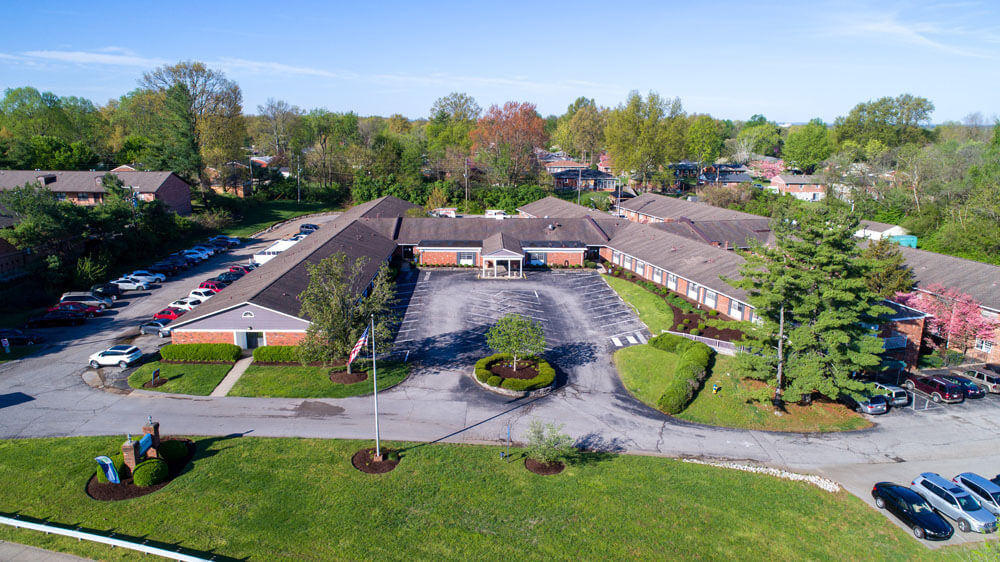
If you’re one of the millions of Americans who have been diagnosed with COPD, you know the symptoms—coughing, shortness of breath, wheezing, fatigue, difficulty taking a deep breath, and tightness in your chest. You also know that living with COPD can impact your quality of life.
What is COPD?
The National Institutes of Health report that over 14 million Americans have been diagnosed with COPD, Chronic Obstructive Pulmonary Disease. An estimated 12 million people suffer from the disease but remain undiagnosed. COPD is a group of progressive, debilitating respiratory conditions that include emphysema and chronic bronchitis. The damage to the lungs is characterized by difficulty breathing, limited airflow, coughing, and shortness of breath.
What are the risk factors?
As the third leading cause of death in the United States, COPD is typically found in people who have a history of smoking, a history of asthma, live or work in areas of poor air quality or pollution, or a work history in a polluted work environment. It is usually diagnosed in people over 65.
How does COPD affect quality of life?
A person suffering from COPD has to work harder for every breath. They may need a portable oxygen tank. Walking and climbing stairs is more difficult. For these reasons, a person with COPD may begin to withdraw from social activities and experience depression.
It doesn’t have to be that way.
First of all, if you’re one of the 12 million Americans living with undiagnosed COPD, see your doctor. Early detection can change the progression of the disease.
Secondly, if you smoke, stop! Eighty to ninety percent of people diagnosed with COPD have a history of smoking. Even long-term smokers can experience the health benefits of not smoking. Avoid environments with tobacco smoke to reduce your risk from second-hand smoke and avoid places with significant air pollution.
In addition to making these changes, pay more attention to your overall health. Take care to avoid infections and treat respiratory infections immediately to prevent long-term effects. Make proper nutrition a priority and maintain a healthy weight.
You can also do a number of things to manage COPD in a way that will enhance your quality of life. A pulmonary specialist can teach you breathing strategies and help you conserve your energy. Follow the doctor’s orders if supplemental oxygen, inhalers, oral steroids, or antibiotics are recommended. Get your flu shot and pneumonia shot on a timely basis every year.
The goals of a person living with COPD are to stabilize health, slow further progression of the disease, relieve current symptoms, and increase quality of life. It’s never too late to start healthy new behaviors like regular exercise as allowed by your doctor or rehab professional. Consider taking part in a support group to remind yourself that you’re not alone. Remember that being around other people and engaging in social activities will help fight the depression and loneliness that can accompany chronic illness and help you stay active.
Learn more about our cardiopulmonary program today!






